In Dakar, street artists from all over the world make their mark
New works are bringing the walls of the Senegalese capital to life, and adding to a flourishing international art scene, finds Anemona Hartocollis
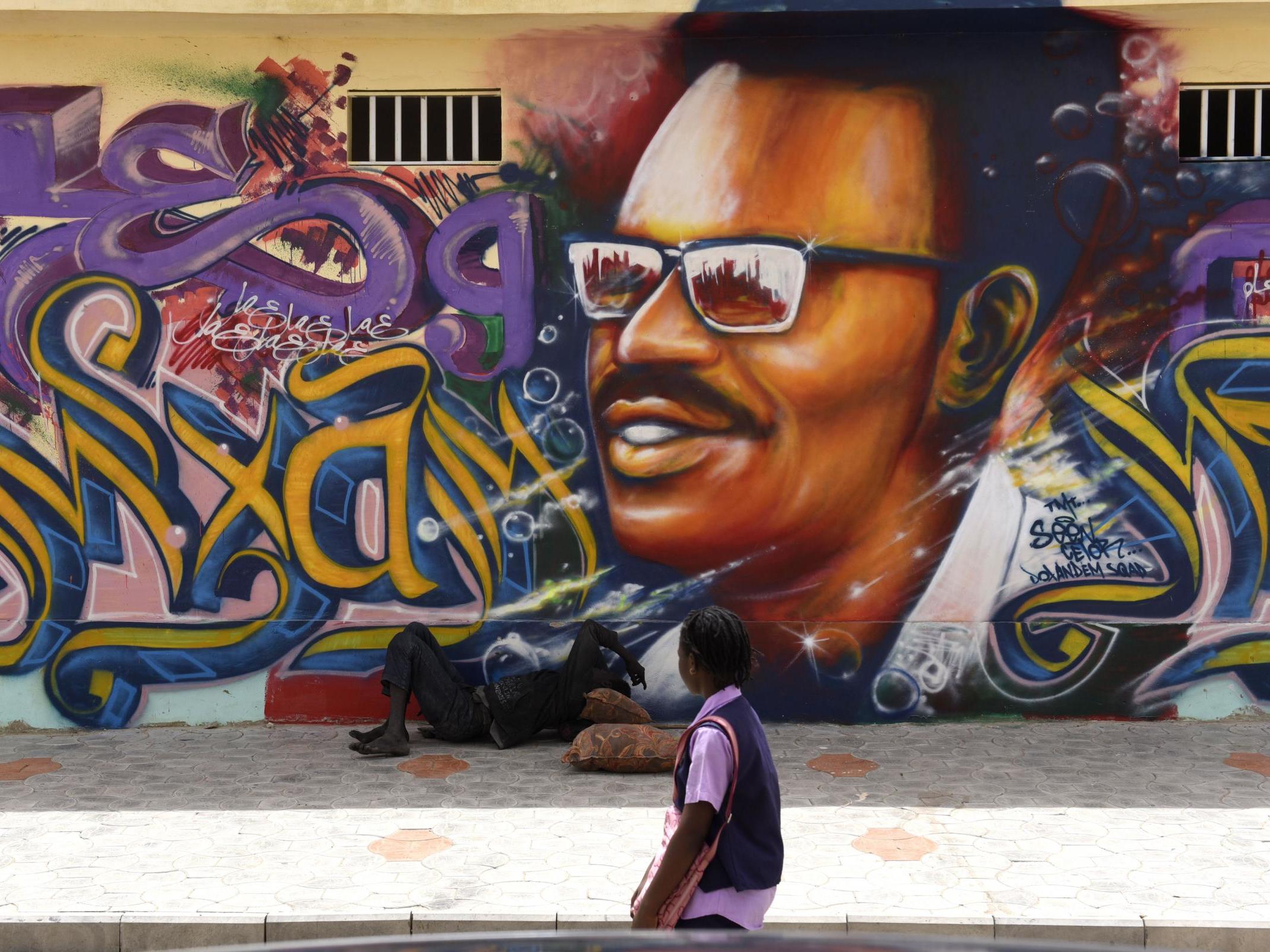
Your support helps us to tell the story
From reproductive rights to climate change to Big Tech, The Independent is on the ground when the story is developing. Whether it's investigating the financials of Elon Musk's pro-Trump PAC or producing our latest documentary, 'The A Word', which shines a light on the American women fighting for reproductive rights, we know how important it is to parse out the facts from the messaging.
At such a critical moment in US history, we need reporters on the ground. Your donation allows us to keep sending journalists to speak to both sides of the story.
The Independent is trusted by Americans across the entire political spectrum. And unlike many other quality news outlets, we choose not to lock Americans out of our reporting and analysis with paywalls. We believe quality journalism should be available to everyone, paid for by those who can afford it.
Your support makes all the difference.On one wall, the painting of a marabout, a Muslim holy man, peers out from behind a line hung with laundry. Nearby, a poster of an African woman in a bustle has been pasted to a house. Still further along, women socialise in front of a wall covered in an intricate black and white abstract pattern.
These are the painted houses of the Medina, a poor and working-class area near downtown Dakar. The area has welcomed street artists from all over the world to practice their craft in what the founder of the project calls the open sky museum. Dozens of wall paintings dot the area, bringing colour to usually drab cement walls and adding to the flourishing international art scene in Dakar.
Artists from not just Senegal but Burkina Faso, Algeria, Morocco, Congo, France and Italy have come to paint on these walls. They in turn have brought art lovers and tourists into a neighbourhood where they otherwise might not go, to mingle with people they otherwise might not meet.
The wall art of the Medina “can bring together people who normally don’t even see each other”, says Mauro Petroni, a ceramist who has lived in Dakar for many years.
Street art seems to come naturally to Senegal, where many small shops are adorned with images of what they sell. Paintings of scissors signify tailors; heads with fancy hairstyles advertise barbers; images of cows and bowls of milk herald the ubiquitous sweet milk shops; a drawing of a sheep broadcasts the presence of a trader serving grilled meat.
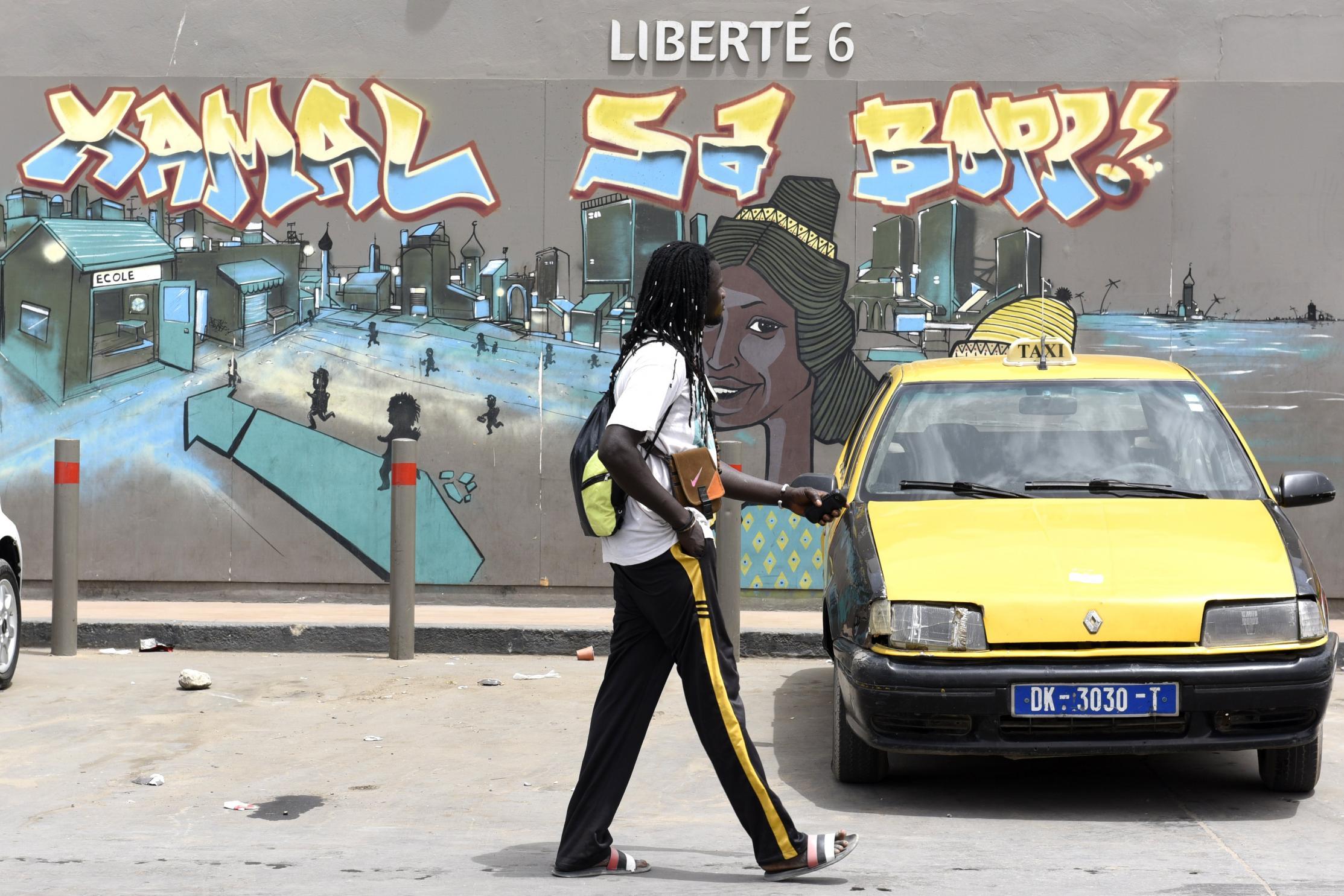
Shop art is commissioned by shop owners and sometimes painted by them too. But to paint on a house in the Medina, it helps to go through Mamadou Boye Diallo, known as Modboye.
Diallo, 31, was born and raised in the Medina, the son of a lift operator. He dropped out of school at 15 to become a break dancer and rollerblader. He got to know the art scene by working as a messenger, delivering flyers on roller blades for art galleries.
In 2010, he created Yataal Art, a nonprofit arts collective, and painted his first wall in the Medina with friends. The beauty of it is that “you don’t have to take a nice shower and wear perfume” to see the art, Diallo says. Among street artists seeking a wall to paint on, Diallo became the man to see.
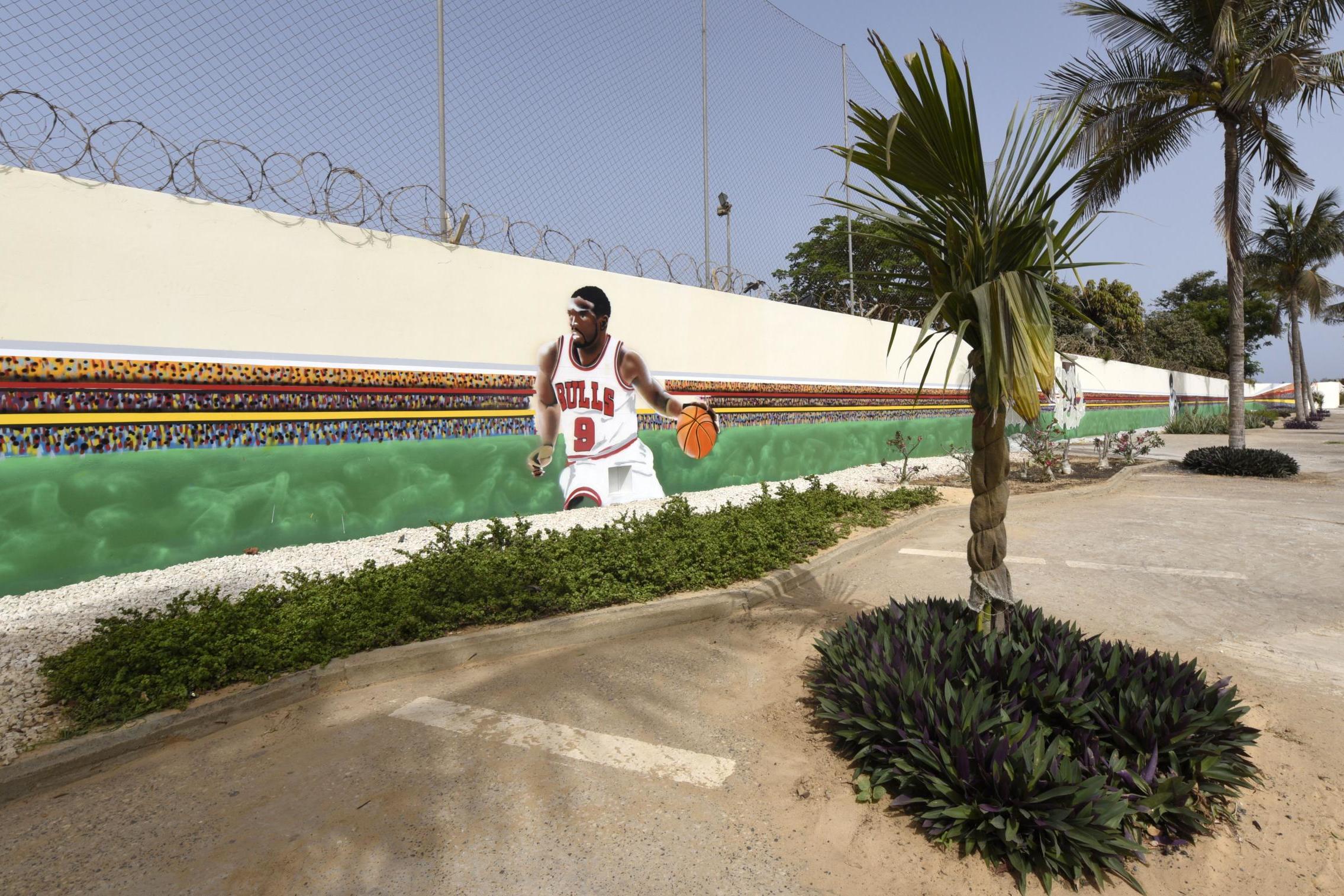
“You have to pass by him in order to work in the Medina,” one of the street artists, Doline Legrand Diop, says. “He functions a bit like a curator.”
Legrand Diop lived in Dakar for many years and has had two children with a Senegalese man, though she now lives in France. Her pictures of black people dressed as aristocrats, her #remakehistory project, can be seen on the walls of the Medina.
In the beginning, it was not always easy to convince homeowners to let people paint on their walls.
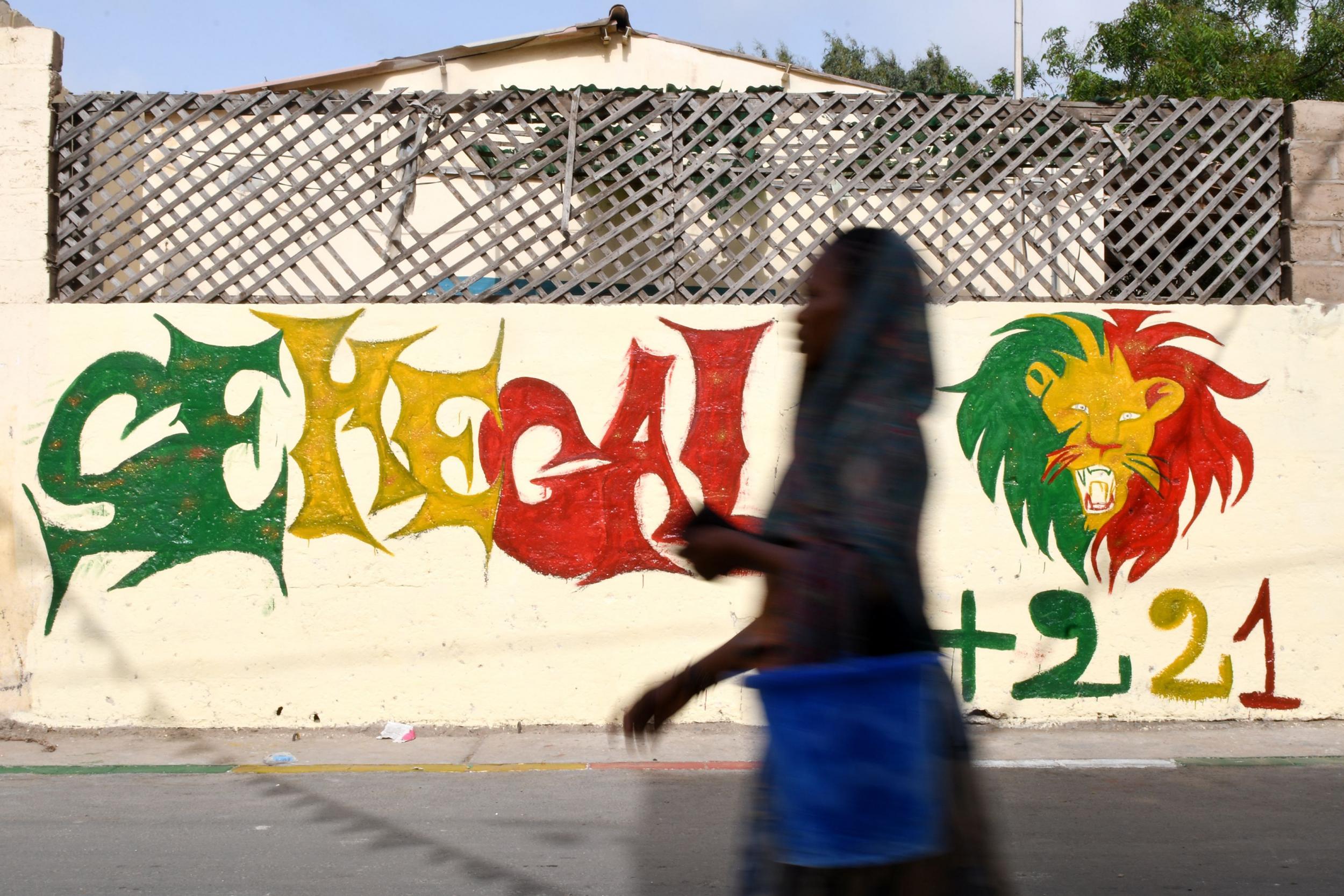
“They wanted money,” Diallo says. But as the project caught on, they wanted to keep up with their neighbours.
“It’s for the community,” says Tonton Kaba, a retired chauffeur who has a Legrand Diop collage on his house.
Abdoulaye Camara, known as Père Djim, allowed an artist to paint the word “suba”, Wolof for tomorrow, on his house. He makes furniture of wood and animal horns on the street in the Medina, home to many artisans, so he could relate.

Still, what residents expect and what artists deliver are not always the same thing. Giacomo Bufarini, an Italian artist who goes by the art name Run, painted the wall of a house with a giant silhouette of the woman who lived there. He incorporated a window into her head, like a window into her mind.
Rather than being impressed by the concept, she complained that he had left the peeling paint on the window frame. “I told her I’m not like a decorator,” Bufarini recalls, sounding both peeved and guilty.
Another artist, Ernesto Novo, had to tiptoe around a large bull while he painted a row of African statuettes on to a wall last March. The animal is still there (as is the art).
The spirit of the open sky gallery is improvisational, just like the lives of many of the artists. Travelling through west Africa from France, an artist called the Wa, who would not give his real name, wound up in Senegal by accident after his visa expired in Mauritania, and he and his friends drove to Senegal “for a beer”.
Bufarini recalls that after finishing his painting, he, Diallo and friends celebrated by going for a fish barbecue on the beach. Having no barbecue, they cooked on refrigerator racks scavenged from rubbish, after burning off the plastic coating.
The painted-houses project got so big that this year, Delphine Buysse, a Belgian curator, has arranged for artists in residence to live at a luxury hotel in Dakar for a week, while painting in the Medina.
One of the most recent wall paintings was a collaboration between Kouka Ntadi, a Congolese-French artist, and Barkinado Bocoum, a Senegalese artist. Ntadi painted abstract portraits in black and white, and Bocoum added folksier portraits in bright colours.
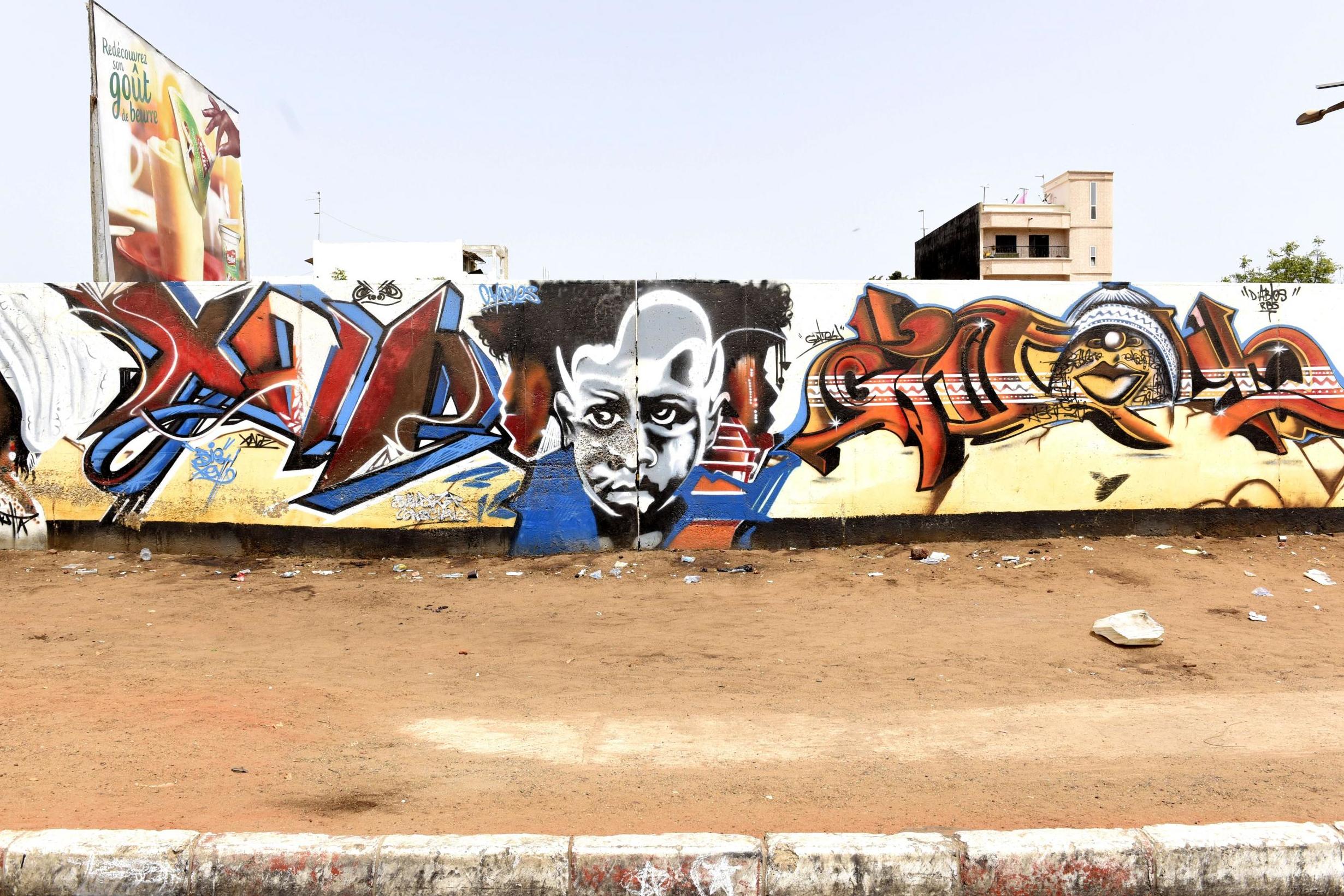
Ntadi loves sharing the neighbourhood with the commercial artists of the barbershops and milk stores.
“I would say there is not really a border between the two in Africa,” he says. “It’s not like in France or the US where there is a snobbism about art, and you can’t be in marketing. So for sure, we can still be an artist and make a design for a bottle of milk or a side of beef.”
© New York Times
Join our commenting forum
Join thought-provoking conversations, follow other Independent readers and see their replies
Comments